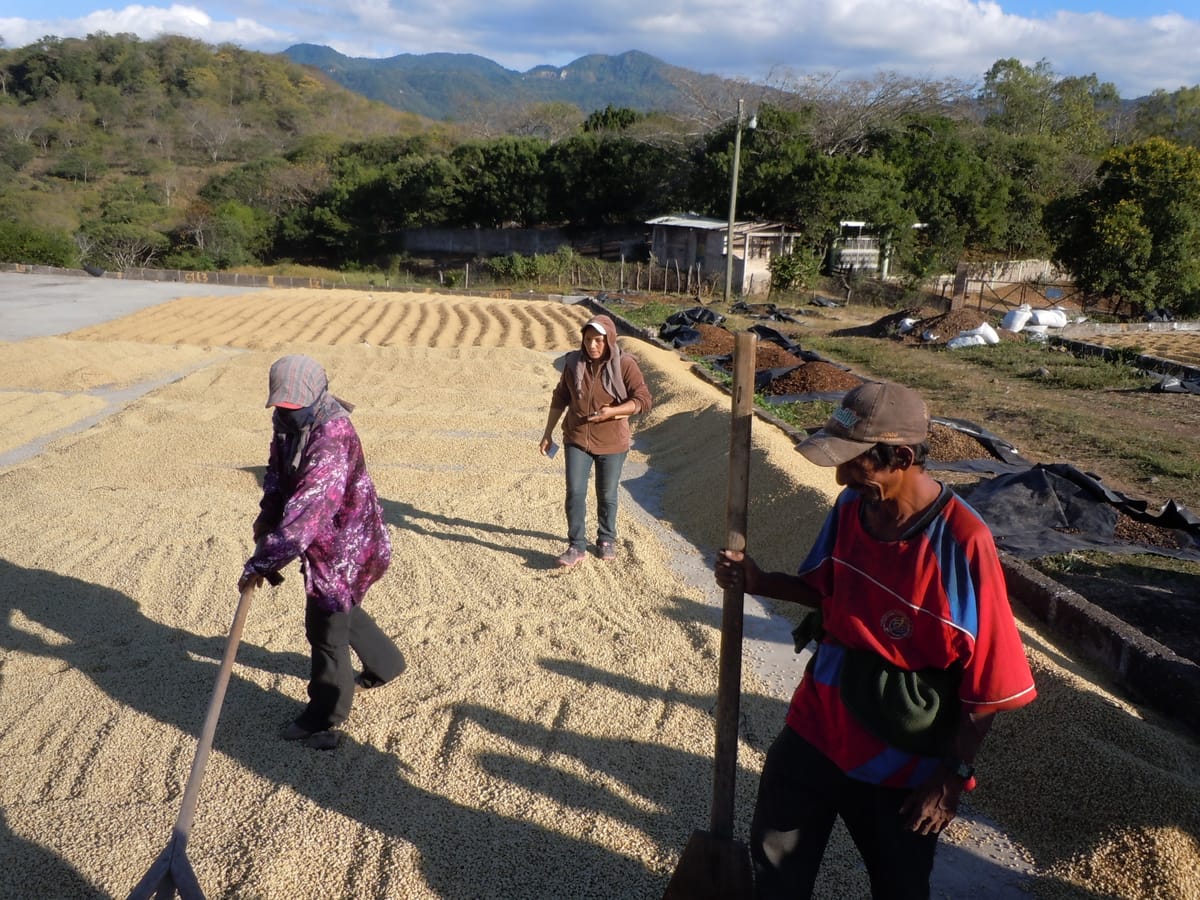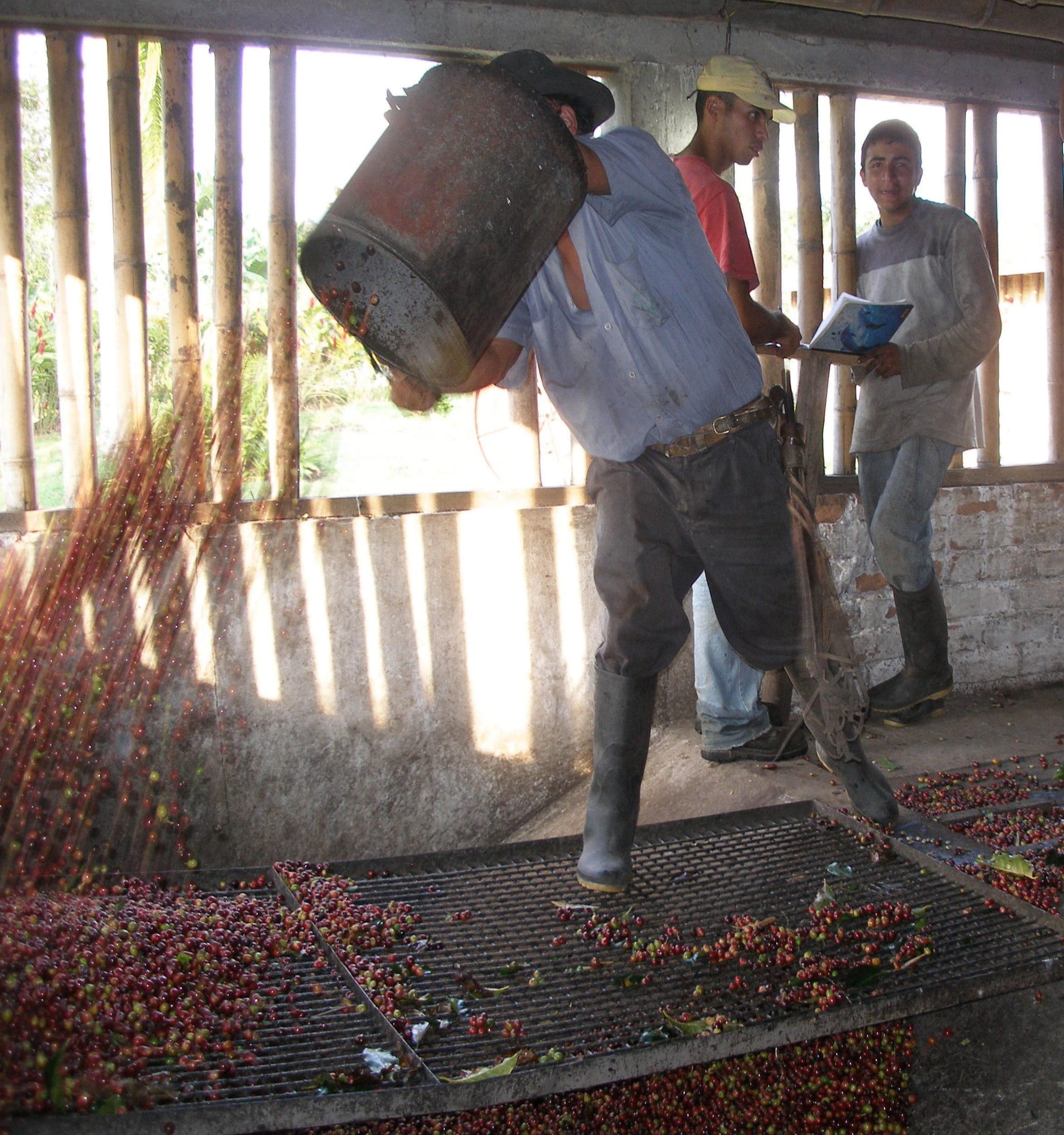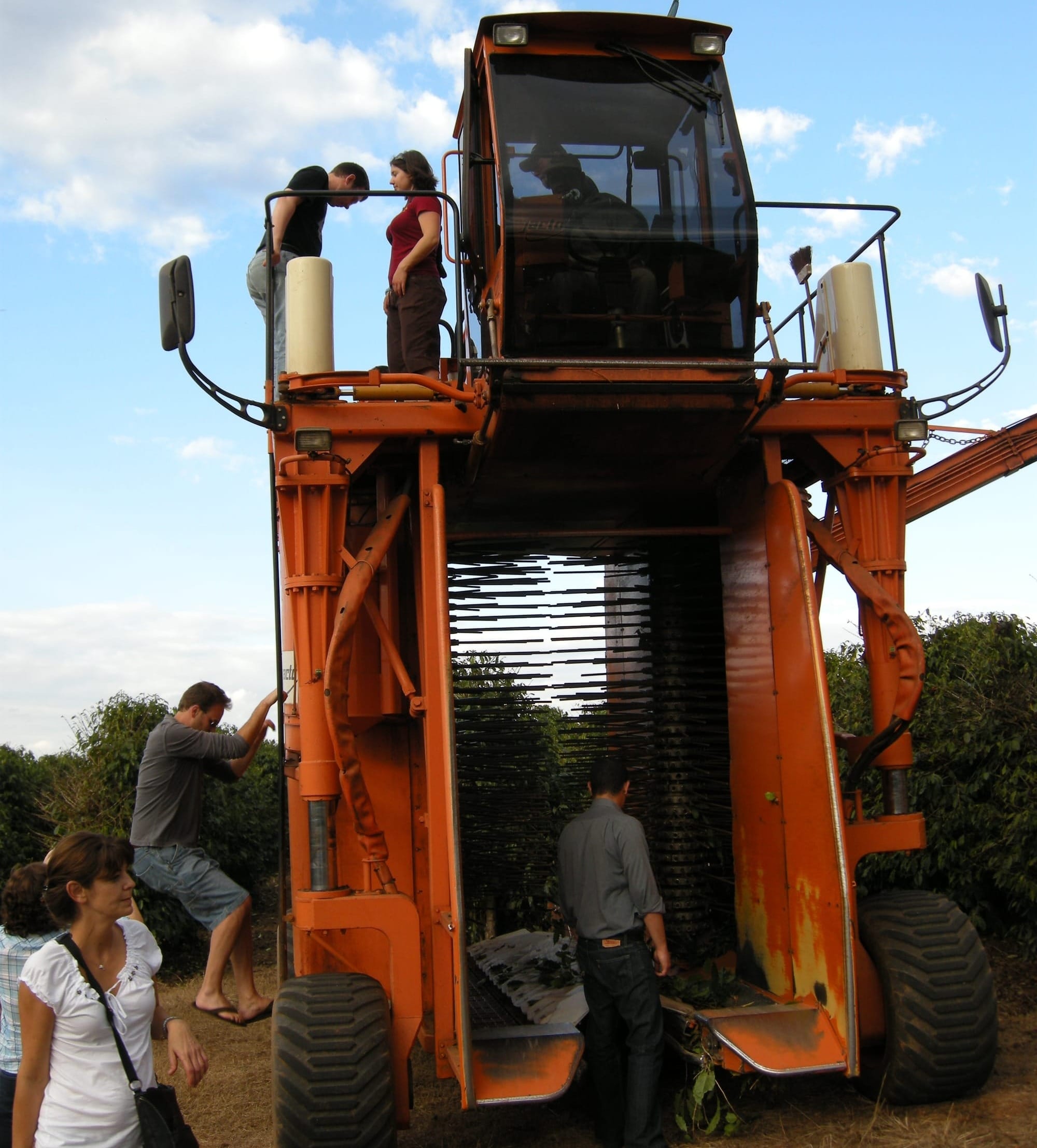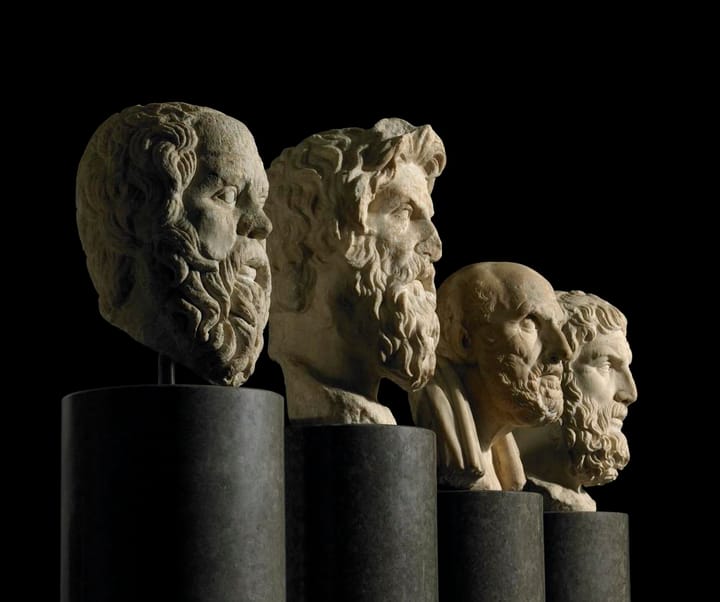My life with coffee
Robert Thurston has been a coffee enthusiast for a long time

One of my pursuits in Oxford is roasting coffee. My relationship with the world’s third most popular beverage, behind only water and tea, has been long and deep.
In my mind, I’m standing on the side of a mountain in Panama, Colombia, Kenya, China and more, looking out over coffee fields. The sun is hot but the air is cool, even though I’m in the tropics, since the altitude is, say, 4,000 feet (1220 meters). Below me is a valley so green and lush that the few white-washed buildings seem to pop out. I don’t see many people.
I am talking to farmers or ag specialists about soil, mulch, climate change, insect and fungus damage, pruning, processing the picked coffee — coffee cherry, they call it, because the ripe fruit of a coffee tree is usually about the size and color of a cherry. Inside the fruit are seeds, which we call beans. The local people and I speak, sometimes in my limited Spanish, about the lives of the farmers and the pickers, in the places where the harvest is gathered by hand.

In Nicaragua, I try to pick coffee, which I do so slowly that the experienced pickers laugh at me. Some of them tie themselves to large trees so they won’t slide down the steep mountain and spill all they have harvested. In Honduras, I hear small farmers proudly discuss organic agriculture; “chemicals,” they say, are poison. Well, everything is made of chemicals, and to keep weeds and fungus down on an organic farm requires a lot of hand labor. Doing that and making enough money to keep the farm and the family going is tough.
In Brazil, I ride on a machine two stories high that rumbles over coffee trees and, with fiberglass wands in a large central cavity, knocks ripe and unripe fruit, leaves, branches, everything, into a rear chamber. From there, the material is sucked through a large pipe into the back of a truck creeping along on the other side of the trees.

These are the ends of the coffee farm spectrum: nearly full mechanization, or capital-intensive agriculture, versus labor-intensive work. The big machines can’t operate in the fields where trees provide shade for the coffee plants, and they can’t — so far — climb steep, muddy hills. Some big operations have tank trucks that traverse the fields, with computers that tell the tank nozzles when to spray water or put down insecticide or pesticide. Every tree on the farm has been mapped by drones, which also keep track of what the trees need. High productivity means high capital costs.
I look out again from my mountainside and think about the blood often shed in putting down strikes or in revolution, in El Salvador, Nicaragua and more. The poverty that often goes with coffee cultivation sticks in my mind. I wonder if there truly is a way to get decent money into the pockets of small coffee farmers.
At home, I splurge on beans from a special farm in Hawaii that costs $100 for a half pound. Not bad, but I believe I have had better. The beans won a score of 98 out of 100 possible points, but I, a dedicated coffee snob, am not convinced. Yes, coffee stole that scale from wine, but a beer taster’s wheel appeared in the late 1970s, followed by a wine flavor wheel. There are wheels and rating scales for whiskey, maple syrup and probably much more. I have one for coffee that names unpleasant flavors like “horsey,” “hidey” and iodine. But many coffees have subtle, positive flavor notes — not added to the coffee, just naturally there — like blueberry, citrus or orange peel. Maybe great coffee reminds you of your honeymoon on Maui. Or maybe no one goes on honeymoons anymore.
I look at a sad article or book that repeats old ideas about coffee, that it keeps you awake, then you must drink more coffee during the day to stay sharp, then the cycle repeats. If coffee keeps you awake or makes your heart beat too fast, don’t drink it. But do consider that numerous large surveys, sometimes over the course of decades, as discussed by the Mayo Clinic and a host of other sources, indicate coffee is largely good for your health. My favorite headline about one survey is “Coffee Reduces Mortality.” Really? Then the article explains that in a study lasting many years, the coffee drinkers live longer than non-drinkers, have fewer health problems like Alzheimer's and Type 2 diabetes and have fewer accidents. Even decaf helps.
Will climate change kill my favorite drink, or reduce the roughly two billion cups consumed around the world each day? Can state-of-the art cloning and grafting operations like the Honduran lab I visited keep coffee ahead of rising temperature, erratic rainfall and too much wind (that blows flowers off trees, preventing fruit set) or too little wind (so that the undersides of the leaves don’t dry out, allowing fungus to flourish in the moisture)? No one knows.
But the negative talk has been around for at least 25 years, and global production keeps going up. Refusing to be pessimistic, I wish you great coffee for generations to come.
Robert Thurston, a coffee roaster, has visited coffee farms and labs around the world. He is author of “Coffee: From Bean to Barista” and senior editor of “Coffee: A Comprehensive Guide.”




